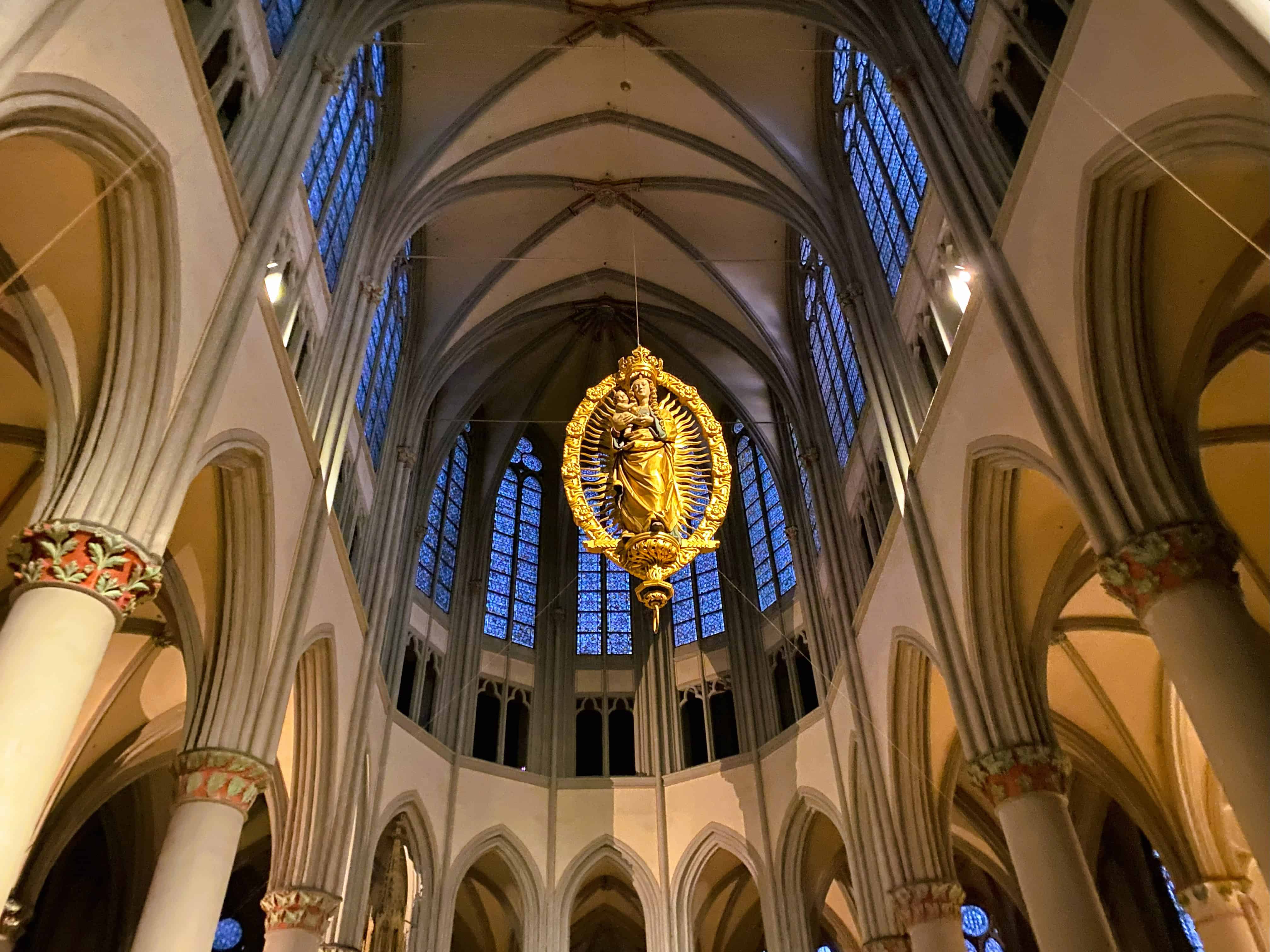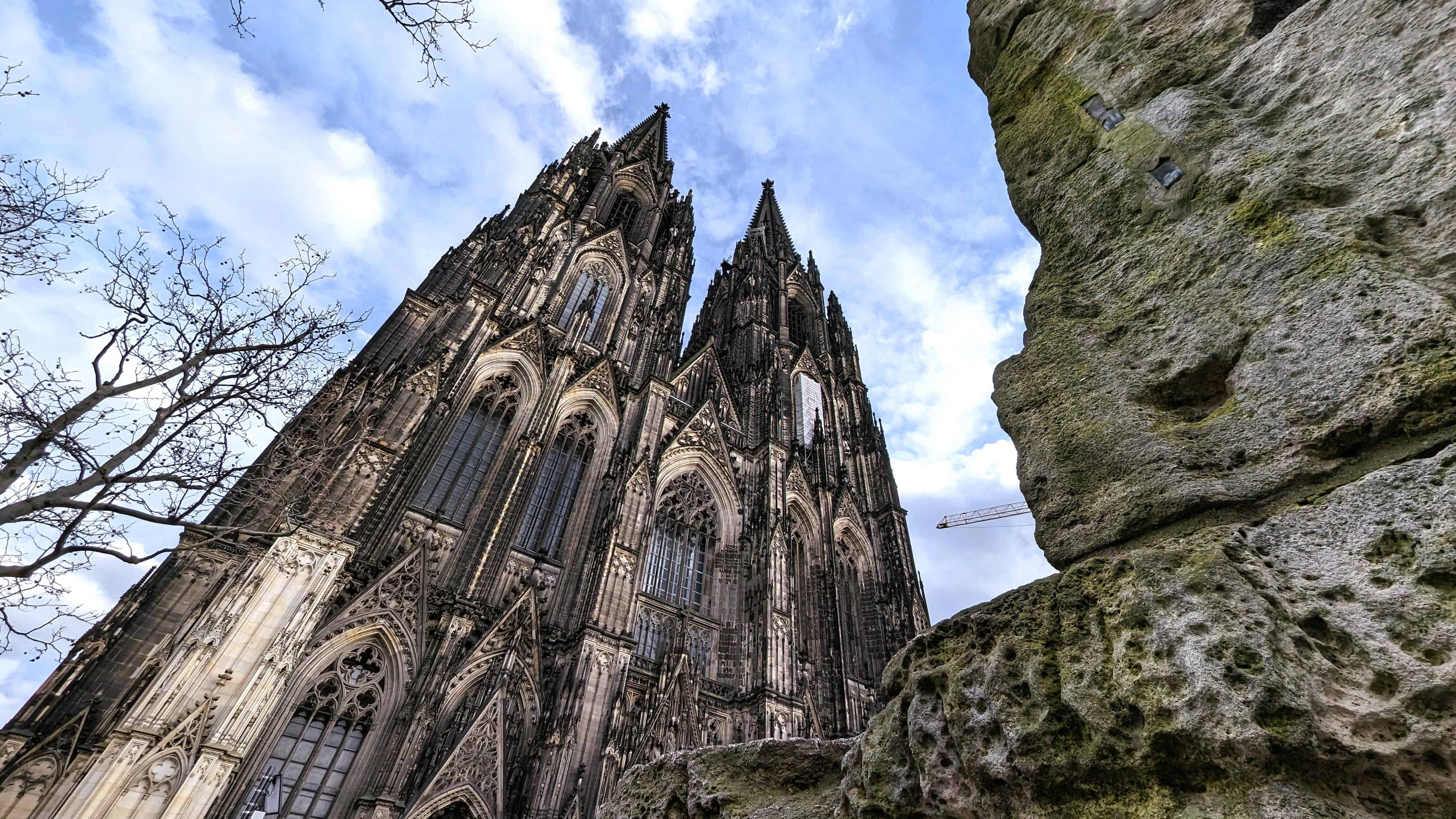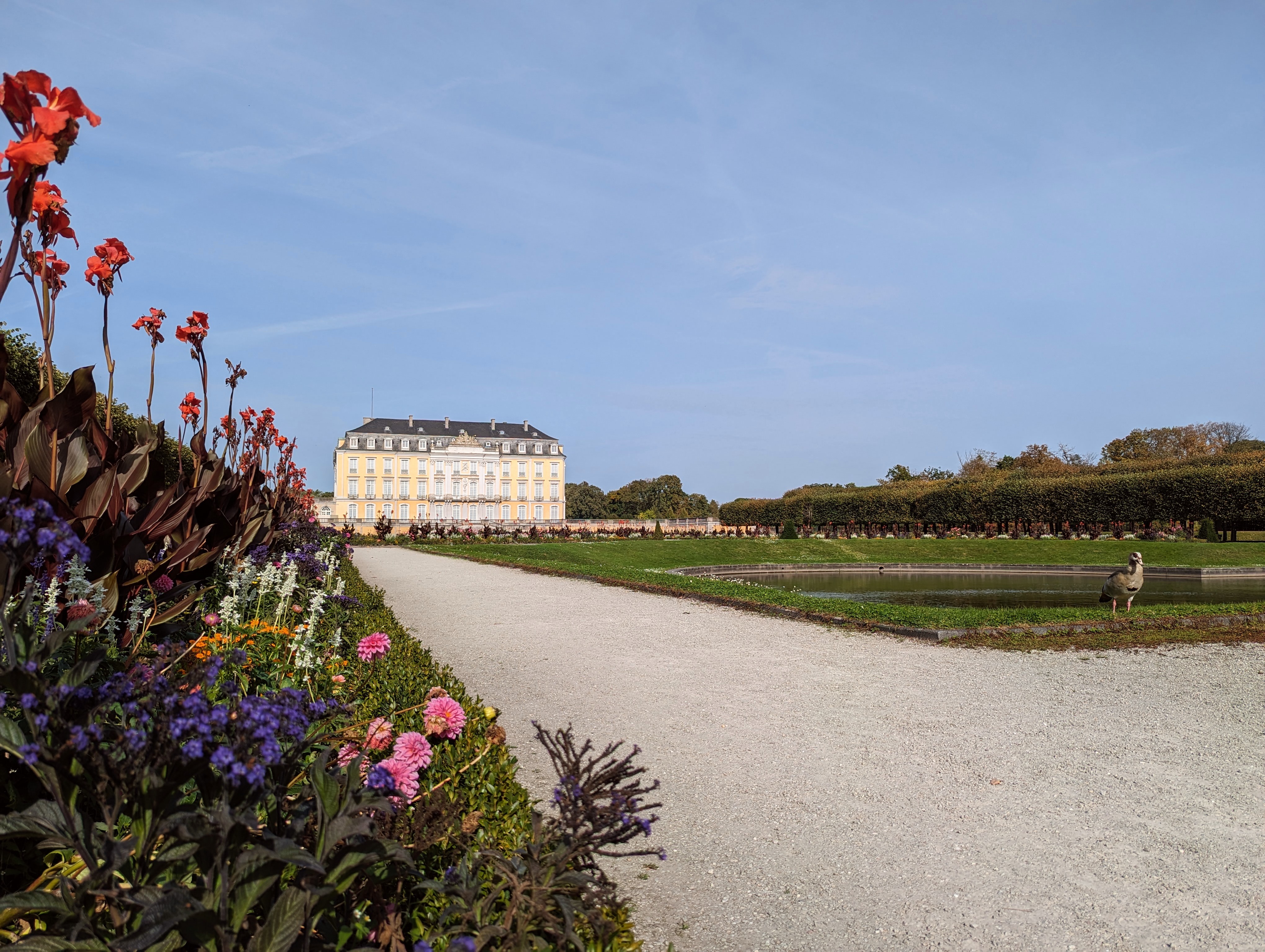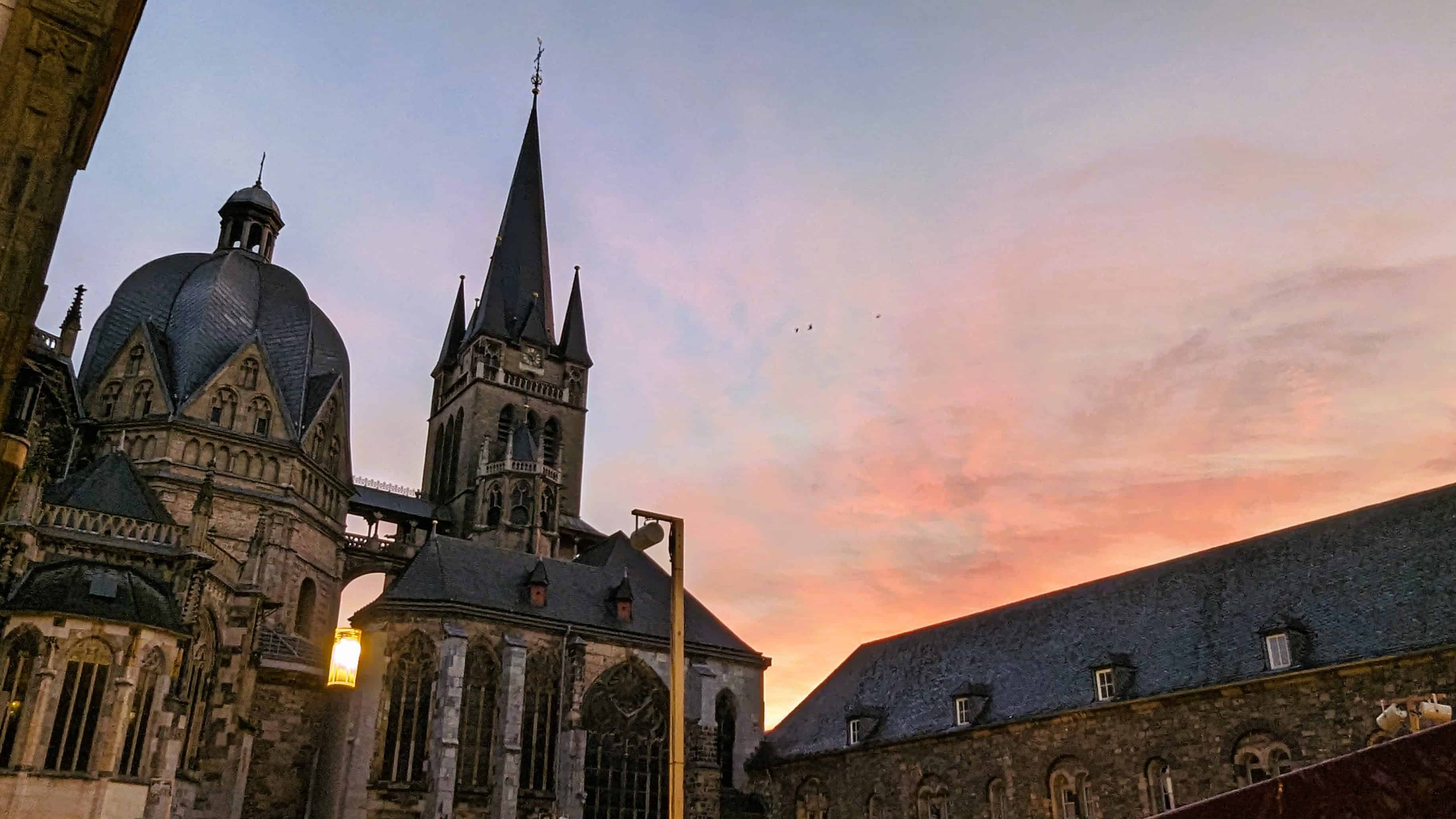It actually seems as if it has always been this way. This ancient Altenberg Cathedral, next to the pond at the edge of the forest, more century-old buildings amidst idyllic greenery. But the expert does not make it that simple for us. This here is "a typical valley location for the Cistercians," and much has been created by humans, says a cultural landscape historian from the Rhineland Regional Association, as it is time to celebrate the awarding of the heritage certificate in December 2024. But isn't the year 1133 actually "always"?
They must have worked a lot, the monks, who we should imagine differently than today's monastery inhabitants. According to historical documents, 13 young men aged between 20 and 25 were the pioneers. They built the abbey church and changed the landscape. They redirected streams, dug fish ponds, engaged in arable and fruit farming, and raised livestock. But, but! The Cistercians were not allowed to eat meat, counter the specialists in "The Name of the Rose." Right. But they certainly consumed fish, and they traded livestock through an extensive network.
Through the "Altenberger Hof" in Cologne-Nippes, for example, today a community center, the goods were distributed. Living and working in the "wilderness," not far from trade routes like the Rhine, with a distribution network to the metropolises of the time, that was the network of the Cistercians. Not only goods were exchanged, but knowledge as well. Because of this Europe-wide networking – so to speak as a precursor to European unification – there was great recognition from the European Commission for a total of 17 monastic landscapes in five countries.
At the invitation of the Counts of Berg – we now refer to their former area of influence as the "Bergisches Land" – they came here from Champagne in the early 12th century, 393 kilometers from the French mother monastery Morimond. They had chosen this place, which was indeed "always" quiet, for their largely secluded "Ora et Labora." They did not want or were allowed to shine and brag too much.





And so the nearly simultaneously built cathedrals, Altenberg and its big brother in Cologne, differ primarily in one aspect besides their size – the 76-meter-long Altenberg fits into the Cologne transept – and that is the towers. In the Bergisches region, there is not even an attempt to become widely visible from the valley location. The regulations of this contemplative order prescribe a focus on the essential, the simple, even in architectural style. Just as the order's prominent figure, Saint Bernard of Clairvaux, advocated in the 12th century. Therefore, the church building is not ostentatious, but rather beautiful in its enormous Gothic simplicity. Adorned with local column capitals in the shape of rooster feet, ivy, and similar native plants from the monastery garden. The windows were designed luxuriously and are quite in contrast to the "Less is More" principle, and were made using grisaille technique. They were meant to support the third intention alongside prayer and work: meditation, with their play of light and shadow. The patterns of vine, maple, and other leaves on the richly decorated original glasses from the 14th century create a fantastic atmosphere inside. They are the largest windows in a church building north of the Alps. Above all, the west window measuring 8 by 18 meters, which is among the largest preserved church windows of the Middle Ages, illuminates the, as we know today, whitewashed cathedral like hardly any other.

Today, little by little, the white is being restored to him, after centuries of darker wall color. And there is another peculiarity – in a completely different area. "In Altenberg, everything is double," describes the cathedral guide. Actually, deeply Catholic based on the Cistercian Order, the Protestant Prussian rulers in the 19th century remembered the burial place of their ancestor Sibylle of Brandenburg, who became Duchess of Jülich and Berg through marriage, in Altenberg Cathedral. They rebuilt the then run-down cathedral and came to an agreement with the Catholics on a hybrid solution: since then, Protestants and Catholics have strictly shared the church according to times. So there is the Catholic priest, sacristan, and organist just as there is the Protestant pastor, sacristan, and organist.
Today, a tourist gem has developed around the cathedral, a very nice destination for a day trip. With hiking trails around the cathedral, a widely known fairy tale forest complete with water organ, and plenty of gastronomy and hotel bed offerings, as well as a modern youth education center of the Archdiocese of Cologne. And for those who find the 13-kilometer monastery landscape path too short given the overarching significance of the Cistercians, there is also the entrance portal for the transnational hiking trail to the network "Cisterscapes" on the grounds. It leads over approximately 6300 kilometers through six countries.



